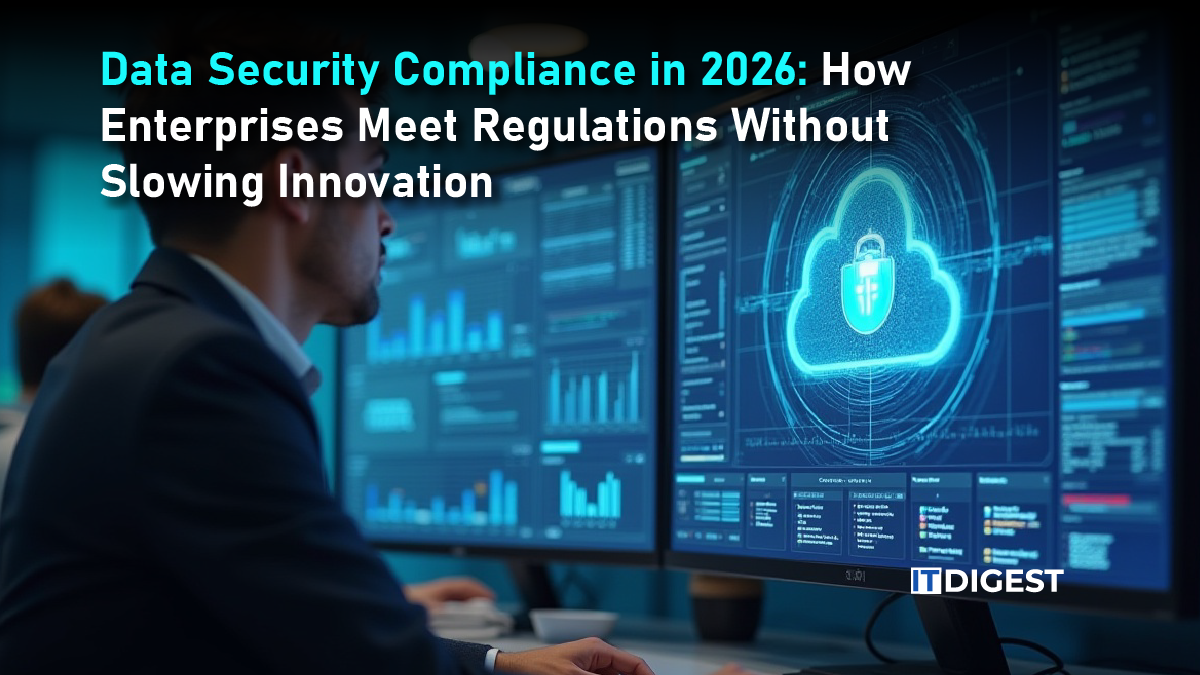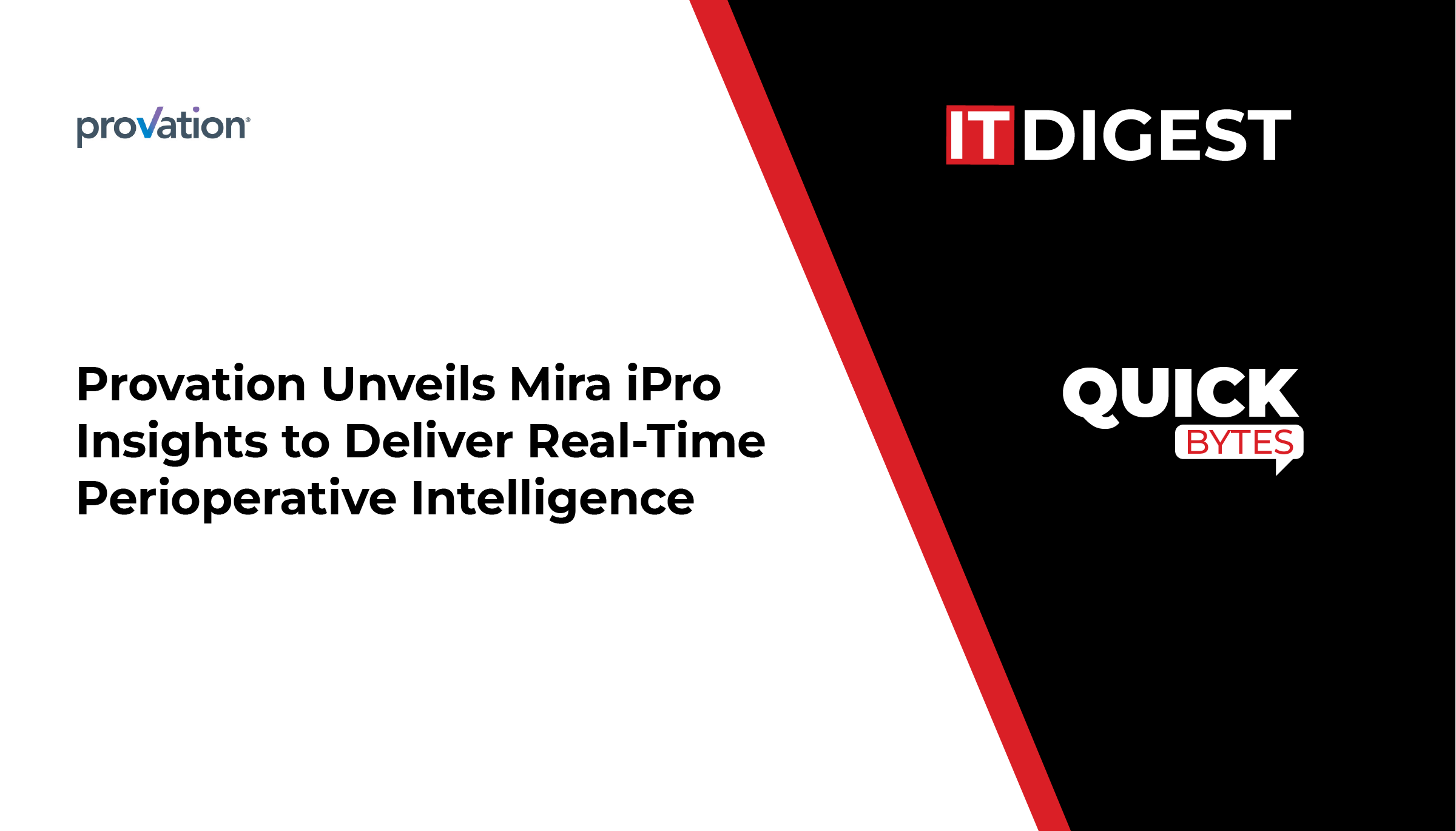Nasdaq announced the new AI powered feature within its Market Surveillance technology solution that will significantly enhance the quality, speed, and efficiency of market abuse investigations performed by our clients. The solution leverages generative AI to streamline the triage and examination process involved in investigating suspected market manipulation and insider dealing, empowering regulator and marketplace clients to more effectively monitor and detect potential market abuse.
During proof-of-concept testing, surveillance analysts estimated a 33% reduction in investigation time, with improved overall outcomes. This represents a substantial gain in investigation efficiency. Nasdaq is planning to leverage the generative AI enabled functionality for its U.S. equity market surveillance.
“Maintaining trust in capital markets is critical to preserving long-term growth and prosperity,” said Ed Probst, Senior Vice President and Head of Regulatory Technology at Nasdaq. “Market abuse is a substantial global challenge and one that demands increasingly sophisticated solutions to address it. As a major regulatory technology provider to the world’s financial system, with a deep culture of innovation, Nasdaq is uniquely placed to leverage the power of technology to further enhance the tools and capabilities necessary to uphold the integrity of marketplaces globally.”
Also Read: Fintech Quavo, Inc. Announces Collaboration with Snowflake
In an effort to ensure market integrity and trustworthiness, international regulators require financial institutions to demonstrate the ongoing effectiveness of their surveillance systems and controls. Firms are expected to have comprehensive coverage across their entire portfolio and operations, spanning a broad range of asset classes and jurisdictions, with scalable systems capable of managing increased levels of risk during periods of high volume and volatility.
When analysts receive automated alerts of suspicious activity, they must conduct an initial review and form an assessment of whether the activity warrants further investigation. That typically involves manually collating all necessary evidence, including relevant trading activity and corporate filings alongside a vast array of data from external sources, before deciding whether to continue the review. The process is highly resource intensive, and even more so if the alert warrants further investigation.
SOURCE: GlobeNewswire

































